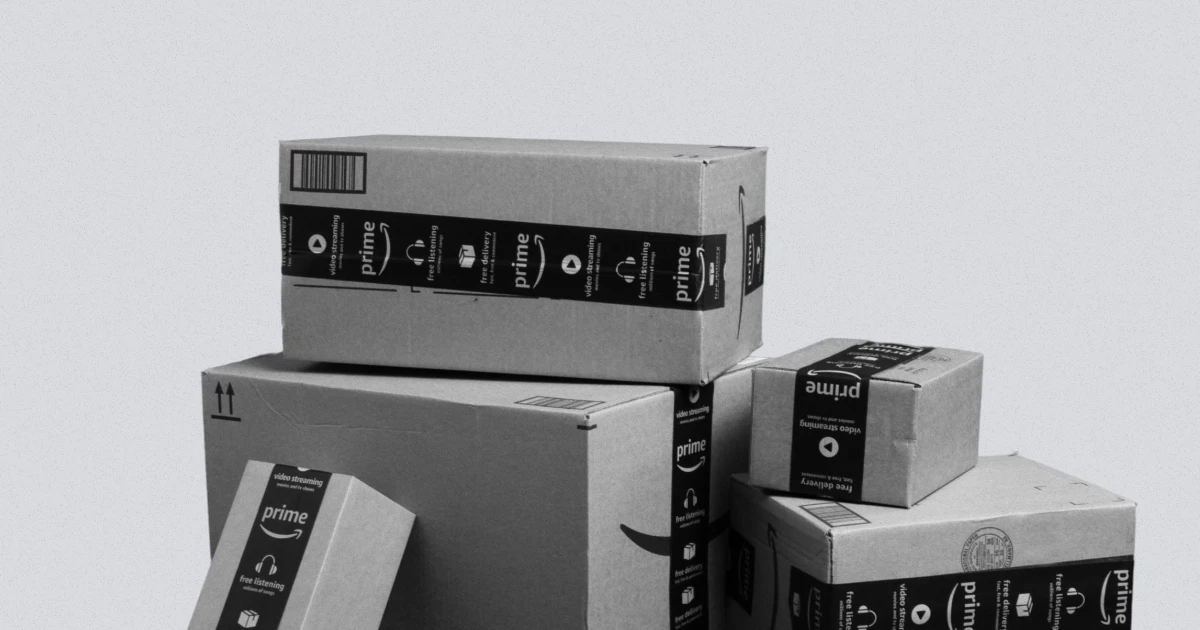
Most entrepreneurs are familiar with the idea that a great product or service doesn’t always guarantee immediate success. That’s because the way people adopt innovation follows a pattern — a principle known as the Law of Diffusion of Innovation. It’s a framework that has been around since the 1960s, but it’s more relevant than ever in today’s hyper-competitive business environment.
Having launched businesses in digital PR, luxury tourism and brand-building, I’ve seen firsthand how this law plays out and how ignoring it can lead to frustration and wasted resources. Here’s what every founder needs to understand.
Related: 4 Ways to Ensure Adoption for a New Product or Service
1. Adoption happens in segments
The Law of Diffusion tells us that customers adopt innovation in five groups: innovators (2.5%), early adopters (13.5%), early majority (34%), late majority (34%) and laggards (16%). The key lesson? You can’t expect mass adoption from day one.
When we launched Digital24, our press release syndication platform, we first attracted the innovators — small businesses willing to try something new. Only after proving value there could we move towards the early adopters, who became our advocates and helped build credibility.
Too many founders get discouraged when they don’t see rapid adoption. But the truth is, most of the market is not designed to move fast. Innovators and early adopters are the testing ground; if you win them, the rest will follow in time.
2. The “chasm” is real
One of the biggest challenges comes between the early adopters and the early majority. Early adopters love innovation for its own sake, but the early majority want reassurance: proof, reviews, case studies. Many startups fail here because they don’t shift their messaging from “new and exciting” to “proven and reliable.”
The chasm is where good ideas often go to die. You might have solved a real problem, but if you can’t make the leap from visionary users to pragmatic ones, your growth will stall. You don’t just need product-market fit — you need proof-market fit.
3. Messaging must match the market
Each group speaks a different “language.” Innovators want cutting-edge features. Early adopters want to be first. The early majority want evidence. The late majority want guarantees. And laggards? They usually adopt because they have no other choice.
If you’re selling the same message across all groups, you’ll likely miss the mark. Tailoring your communication is what allows momentum to build.
Every adoption group hears a different frequency. The founder’s job is to tune the message, not just shout louder. If you get the frequency wrong, you’ll sound like noise instead of a solution.
Related: 4 Ways to Tailor Your Marketing to Each Customer
4. Word of mouth is the bridge
Research shows that most people trust peers over advertising. Your job is to equip early adopters with the tools and stories they need to spread the word.
When we expanded Seven Yachts into Europe, it wasn’t marketing that opened doors — it was our early adopters. High-net-worth travelers shared their experiences within their networks, and their recommendations proved far more persuasive than any advertising we could buy.
Marketing dollars can get you visibility, but trust is built peer-to-peer. The early adopters are your unpaid sales force. Treat them like partners, and they’ll do more for your brand than any billboard or digital ad.
5. Timing matters as much as product
You can have the best idea in the world, but if the market isn’t ready, adoption won’t happen. Conversely, even modest innovations can win big if they meet the market at the right moment.
Think about companies that launched video conferencing before Zoom — it wasn’t that the tech didn’t exist, it was that the world wasn’t ready. Then, when timing shifted, the adoption curve exploded.
A great founder not only builds the product but also reads the cultural and economic moment. Miss the timing, and you’ll either be too early or too late. But hit it, and you’ll ride a wave much bigger than your marketing budget.
6. The psychology of adoption
What the Law of Diffusion makes clear is that adoption is not just a rational process — it’s deeply psychological. Innovators are motivated by curiosity and risk-taking. Early adopters want identity and status. The majority seeks safety and proof.
Understanding these motivations helps entrepreneurs craft not only their marketing but also their user experience and onboarding.
Every adoption phase is really a psychological contract. Innovators are forgiving because they expect glitches. Early adopters want to feel special. The early majority expects consistency. The late majority wants simplicity. If you respect these contracts, adoption feels natural. If you break them, trust erodes instantly.
7. Building patience into growth
Many founders burn out or pivot prematurely because they underestimate how long the adoption curve takes. Mass adoption rarely happens in months — it often takes years.
Patience is not passive; it’s active preparation. While you wait for the market to catch up, you’re refining, building trust and learning. The entrepreneurs who endure are the ones who respect the slope of the curve instead of trying to skip ahead.
Related: Building Sustainable Growth with Patience and Precision
8. Practical steps for entrepreneurs
So how can entrepreneurs apply the Law of Diffusion in practice?
Identify your innovators early: These are the people most likely to give you raw, unfiltered feedback.
Build early adopter communities: Treat them as insiders. Give them stories, data and exclusivity.
Prepare case studies before scaling: The early majority needs proof, not promises.
Invest in social proof over paid proof: Peer testimonials, industry recognition and organic buzz matter more than sheer ad spend.
Pace your growth expectations: Build models that account for gradual adoption, not overnight mass markets.
As entrepreneurs, we often believe in the myth of instant success. But the Law of Diffusion reminds us that adoption is a journey. If you respect the curve, tailor your approach to each segment and focus on crossing the chasm, you’ll give your business the best chance of moving from niche novelty to mass market.
It’s not just about building something people need. It’s about guiding them, step by step, to realize they can’t live without it.
The adoption curve isn’t an obstacle — it’s a roadmap. If you understand where you are on it, you can make smarter moves, avoid wasted energy and build something that truly lasts.



